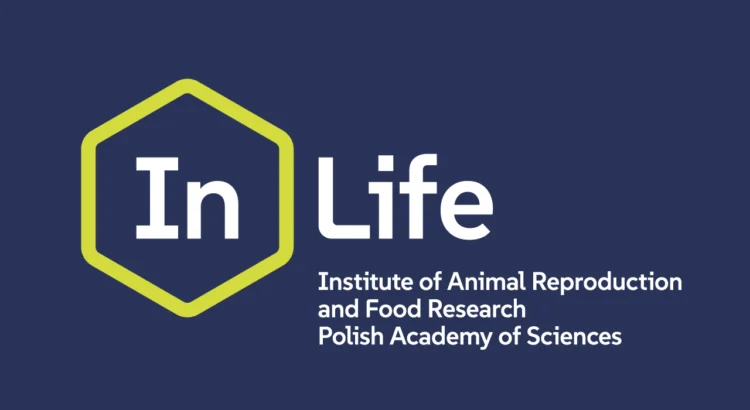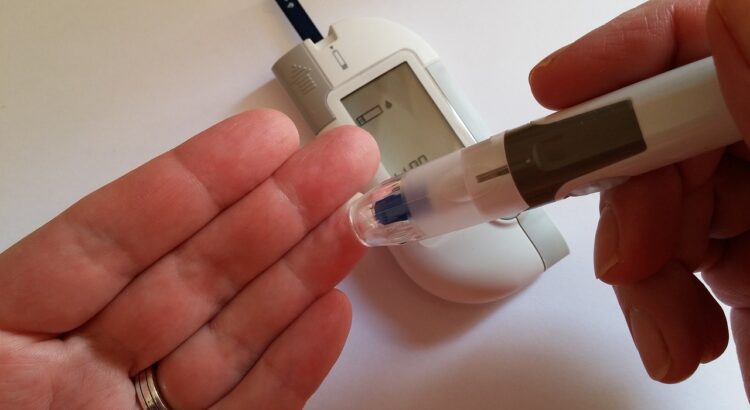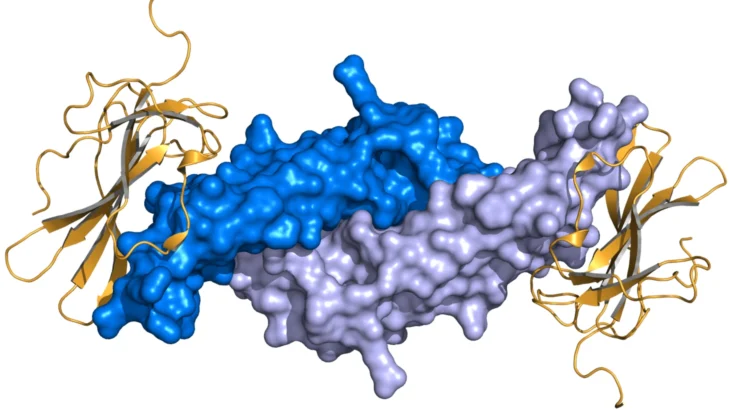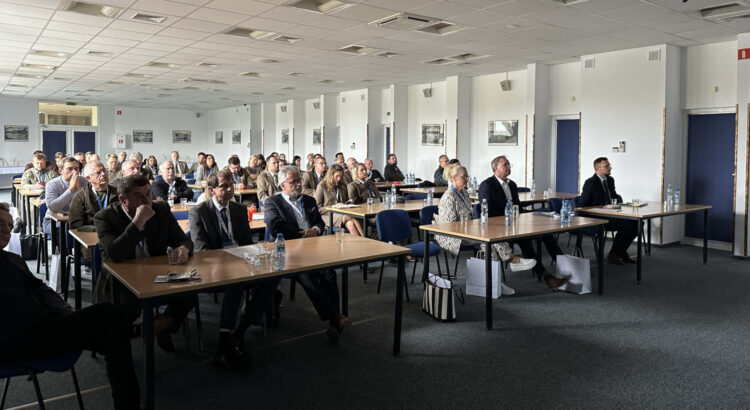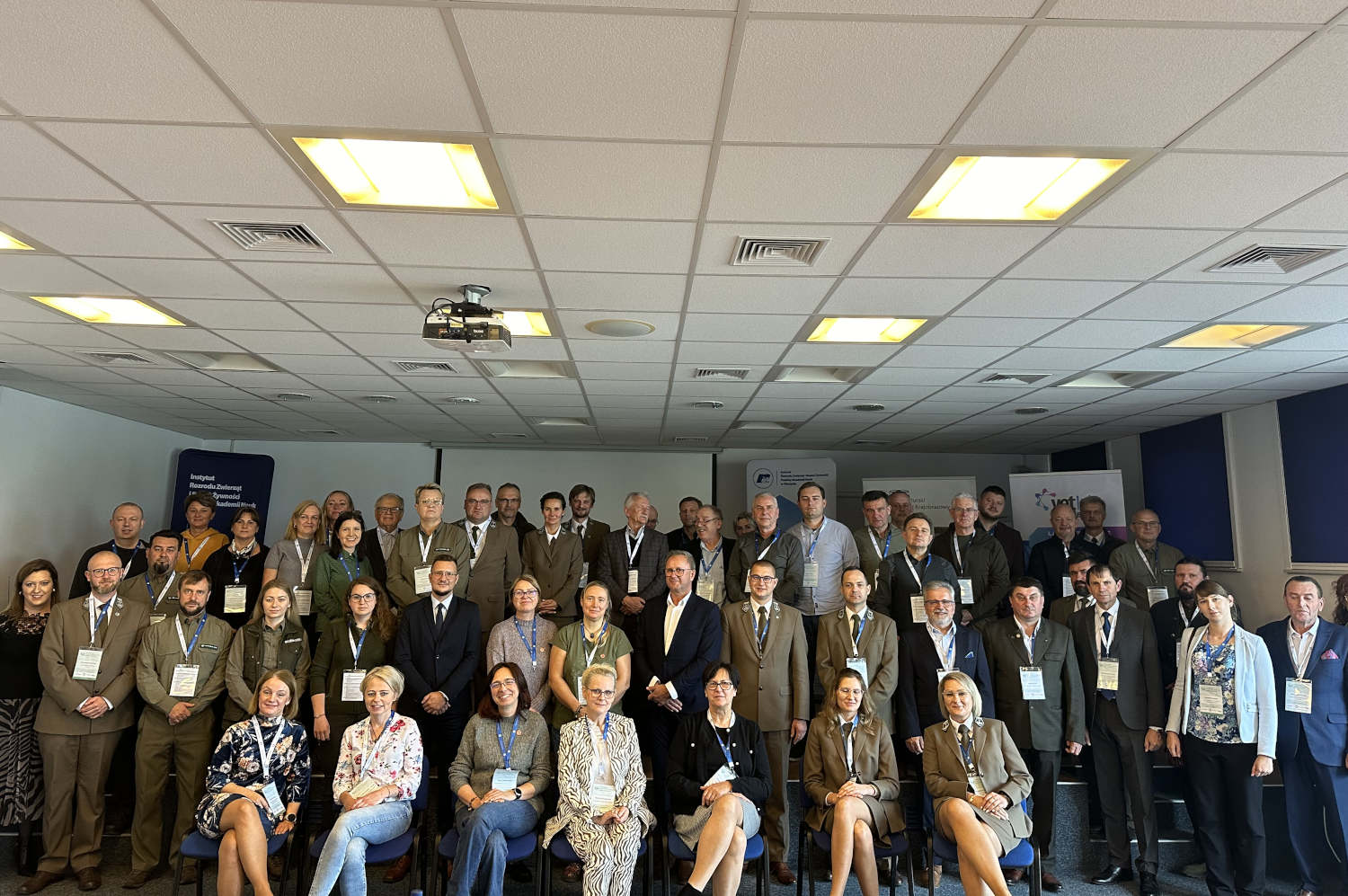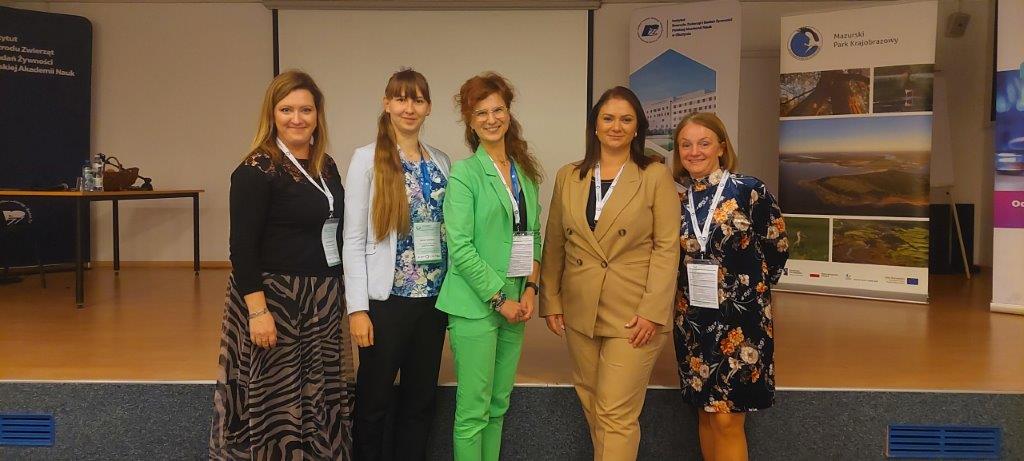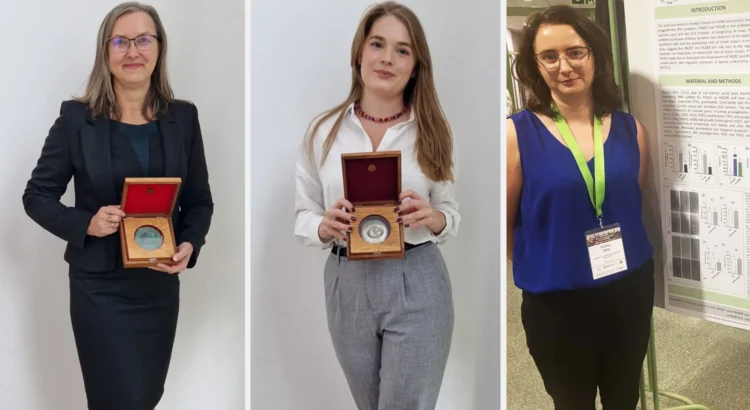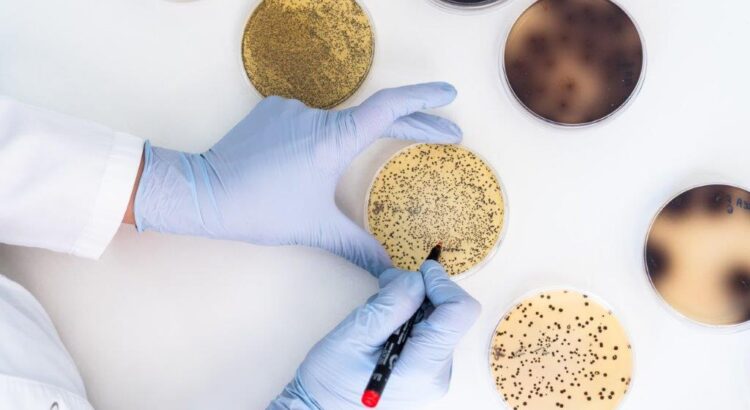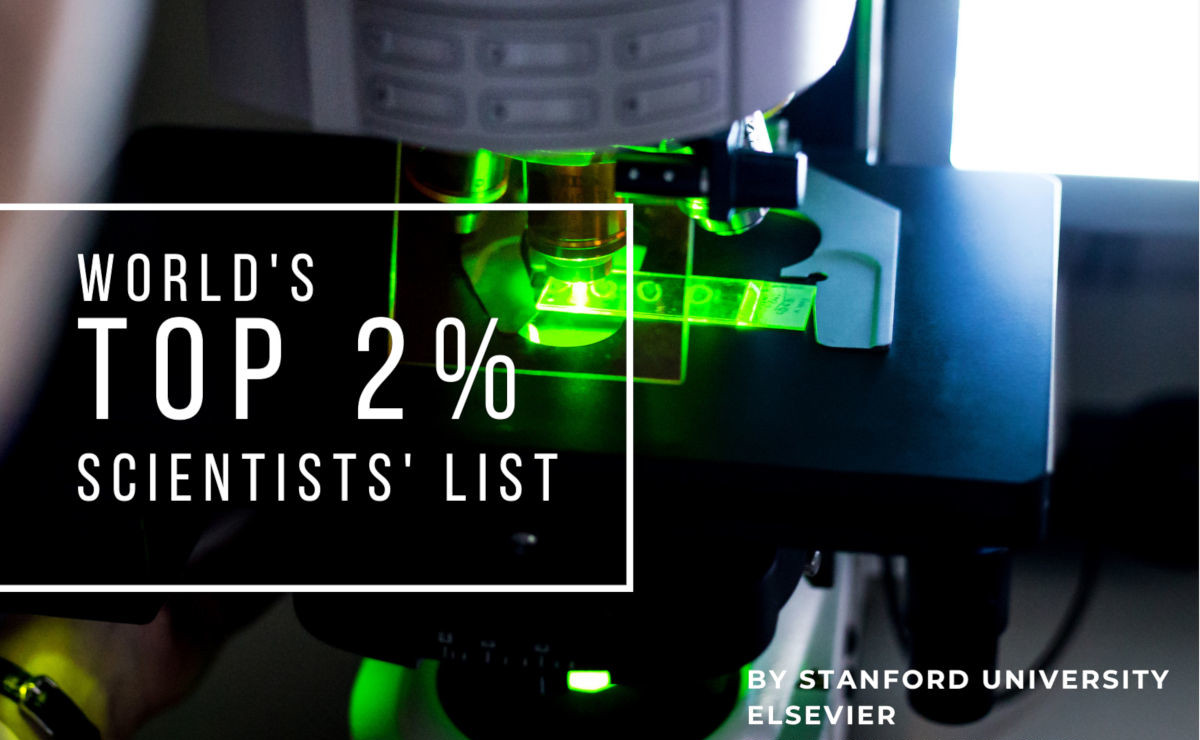„InLife” – is the new logo of the Institute of Animal Reproduction and Food Research of the Polish Academy of Sciences. It refers to the research conducted at the Institute, which focuses on life – food, animal and human reproduction, and health. It is also intended to facilitate communication both in Poland and abroad.
– This one word defines our entire activity. „In” – from the institute, innovation, interdisciplinarity and internationalization. In turn, „Life” refers to the wide spectrum of our activities, which focus precisely on life – after all, we deal with nutrition, reproduction, and broadly understood health – explains the director of the Institute, Prof. Mariusz K. Piskuła.
The reason for the creation of the „InLife” logo is the commencement of the Institute’s activity in its new headquarters – at 18 Trylińskiego St. in Olsztyn, in the neighbourhood of the Olsztyn Science and Technology Park.
– The new facility integrates all units of the Institute (the Food Sciences Division and the Reproductive Biology Division in Olsztyn and two departments in Białystok), and the “InLife” logo is to emphasize this interdisciplinary, new chapter in the Institute’s history – adds the director.
The new brand is also to facilitate communication with other research centers and the socio-economic environment – both in Poland and abroad.
– The full name of our Institute, which of course is still in force, is long, complicated and difficult to remember. Hence, we regularly encounter its – greater or lesser – distortion, which is not conducive to building the visibility of our activities. The “InLife” brand will allow us to avoid such situations – says Iwona Kieda, who heads the Communication and International Affairs Office at the Institute.
The entire visual identification refers to the new logo. The logo is based on the shape of a hexagon symbolizing a cell – the basic unit of life. It is a metaphor for natural perfection, precision, cooperation and modularity – the foundations on which research on reproduction, nutrition and health is based on.
THE „HOUSEWARMING PARTY”
The presentation of the new logo and new visual identification of the „InLife” Institute was combined with a „housewarming party”, i.e. the inauguration of operations in the new headquarters. The spaces of the new Institute are filling up with equipment and furniture. Most of the scientific and administrative staff have already moved to the new location, and the laboratories are being launched.
The ceremony, which took place on 17 December, was attended by invited guests – representatives of the governmental, academic and business stakeholders from the region and beyond. They included the President of the Polish Academy of Sciences, Prof. Marek Konarzewski; Voivode of Warmia and Mazury, Radosław Król; Vice-President of Olsztyn, Justyna Sarna-Pezowicz; Member of Parliament, Dorota Olko; Senator of the Republic of Poland, Gustaw Marek Brzezin; Rector of the University of Warmia and Mazury in Olsztyn, Dr. Jerzy A. Przyborowski, Prof. UWM; Rector of the European Academy of Applied Medical and Social Sciences, Dr. Agnieszka Górska, Prof. EAMiSNS; Director of the Institute of Rural Development and Agriculture of the Polish Academy of Sciences, Dr. Habil. Monika Stanny, Prof. IRWiR PAN.
President of the Polish Academy of Sciences, Prof. Marek Konarzewski, congratulated us on the new headquarters and the new logo. He admitted that the official name of the Institute is complicated, and the new logo will gradually improve the communication. – From today on, I will refer to the new brand, to this new, very accurate name – said the President of the Polish Academy of Sciences.
– This new opening is incredibly important both for you and for the entire Polish Academy of Sciences – we are developing as an institution and this Institute is the best example of this – added Prof. Marek Konarzewski.
Participants of the „house-warming” party also had the opportunity to tour the building, including the new laboratories.
ABOUT THE NEW HEADQUARTERS
The new headquarters of the Institute has six floors (five administrative and laboratory floors and one technical floor), and its volume is over 25 thousand m3. Inside there are specialist laboratories, so called „core facilities”, rooms for conducting biomedical research and necessary facilities typical of the Institute’s profile of activity. An animal laboratory was also created, meeting the strictest EU requirements for such units.
The facility was created as part of the project „Environmental Research Center and Innovative Food Technologies for the Quality of Life”, co-financed by the Regional Operational Program of the Warmian-Masurian Voivodeship for the years 2014-2020. The investment cost is over PLN 109 million, of which the subsidy amounts to over PLN 79 million, and PLN 30 million is the Institute’s own contribution.
You can read more about the construction HERE and HERE.
LOGO HISTORY
Work on the new logo and visual identification system lasted several months. For this purpose, the Institute announced a competition, in which 7 creative agencies from Olsztyn, Warsaw and Krakow took part 2Kropek Studio, Pigalopus, Kot Bury, Brandy Design, Renton, Gravite Design and Bury Design. A total of 10 logo proposals were submitted to the competition.
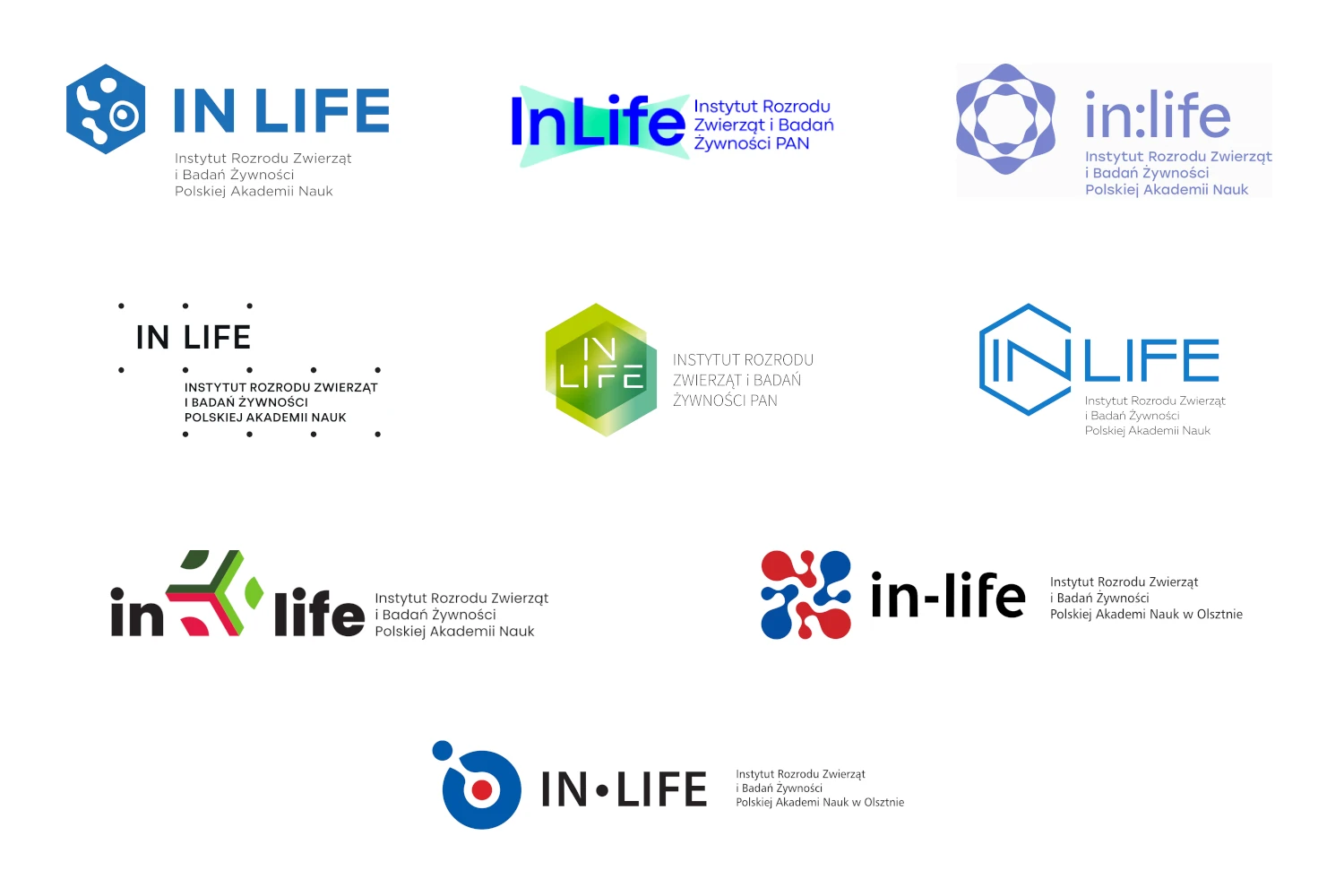
The jury evaluated the submitted works based on the criteria of aesthetics, innovativeness and respect towards the vision behind the „InLife” brand. Points were also awarded in relation to the cost of the proposed project. The weight of the criteria was 70/30. The jury members were employees of the Institute and Dr. Arkadiusz Karapuda, Professor of the Academy of Fine Arts in Warsaw, invited to the jury as an external expert.
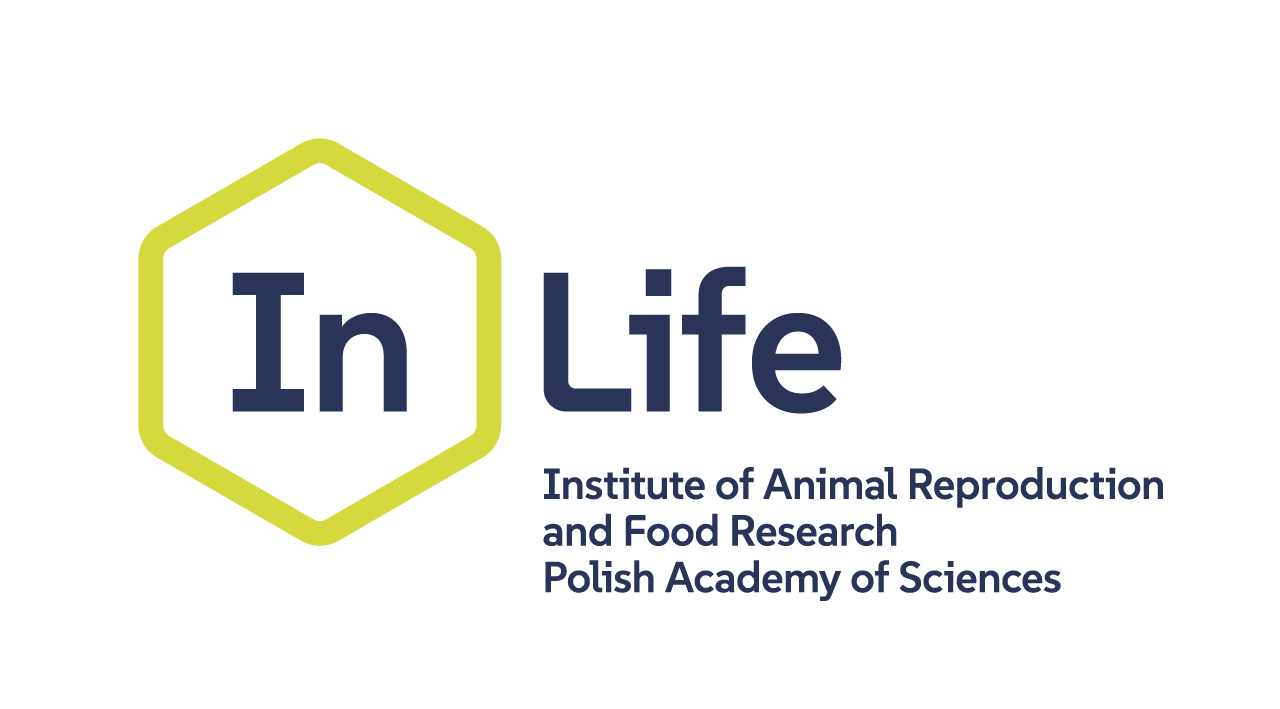
The winner of the competition was „Gravite Design” from Olsztyn. In accordance with the regulations, a contract was signed with the winner of the competition to create Institute’s logo and the Visual Identity Book. The winning logo is hexagonal, elegant and simple in its form. In the basic full-color version, the hexagon is lime green and the name is navy blue.
The new visual concept will be gradually implemented in all communication channels.
